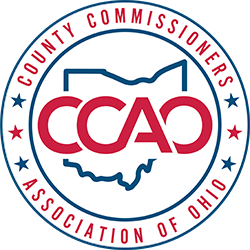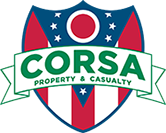Complete Story
02/08/2025
Senate Bill 66
Lead Sponsors: Senator Sandra O'Brien and Senator George Lang
Status: Third hearing in Senate Ways and Means (March 4, 2025)
Description: The bill changes the calculation of whether or not a school district is at the "20-mill floor" by including additional factors.
The 20-mill floor guarantees that a school district's effective tax rate for operating expense levies cannot fall below 20 mills. A school district is "on" the 20-mill floor if it levies less than or equal to 20 mills. As the Legislative Service Commission explains the floor:
The tax reduction factor can only reduce a school district’s operating levy collections to 20 mills – once that “floor” is reached in a school district, the reduction factor cannot reduce effective rates any further. Consequently, any growth in property tax values will produce a corresponding increase in taxes from those 20 mills. If property values increase 35% in a school district that is “on” the 20-mill floor, homeowners will generally see a larger tax increase than in other districts that are not on the 20-mill floor.
Under current law, the 20-mill floor is calculated by summing the inside millage used for school district operating expenses and voted fixed-rate operating expense levies. According to Department of Taxation data, more than half the school districts in the state were on the floor in 2024.
The bill expands the 20-mill floor calculation by including emergency levies, substitute levies, all inside millage, and school district income taxes. School district income taxes are converted into a property tax equivalent rate using a formula.
By including more factors in the 20-mill floor calculation, the bill will cause fewer districts to qualify for the floor. On aggregate, this will likely reduce taxpayers' property tax bills and thus reduce school property tax revenue. As of February 10, 2025, the Legislative Service Commission has not completed the bill's fiscal analysis.
CCAO Position: The concept of the bill is generally supported by CCAO's Legislative Platform. The Association calls for the full elimination of the 20-mill floor but also supports, in the absence of full elimination, including school district income tax revenue and revenue from all property tax levies. CCAO provided proponent testimony.
Note: The 20-mill floor is authorized by the Ohio Constitution, Article XII, Section 2a(D), which states that floors for subdivisions can be established only as it related to taxes "against the land and improvements therein." This provision may make including any revenue collected from school district income taxes in the 20-mill floor calculation unconstitutional.




